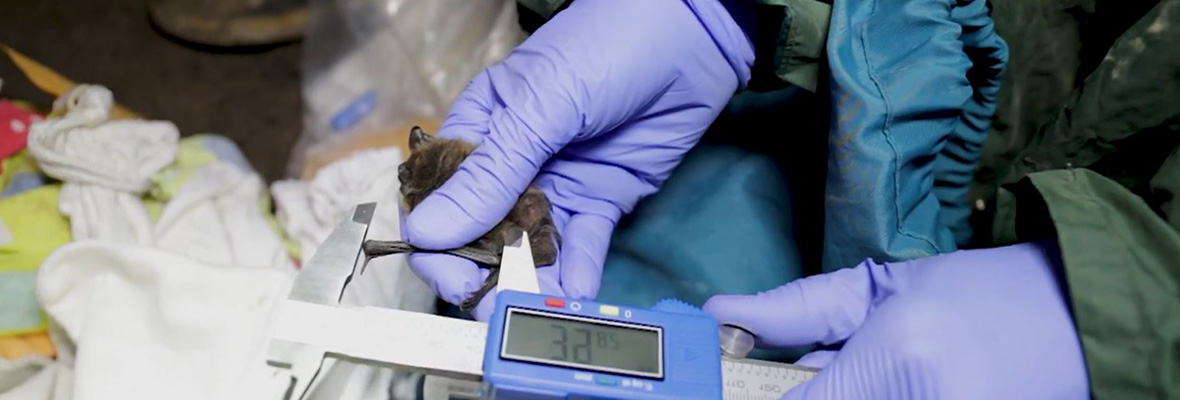What is Fort Wayne White Nose Syndrome?
Introduction
Among hibernating Fort Wayne bats, an emergent disease has been appeared called White-nose syndrome. The origin of the disease is northeastern and now it is spreading at a threatening rate in the US. Data shows that from 2007 to 2008, above a million insect-consuming bats have been died due to this mortifying disease in 29 countries and Canada is also among those countries with the highest level of WNS infection. Its name is originated from Pseudogymnoascus destructans, the white fungus that affects the skin part of ears, wings, and muzzle of hibernating bats. This fungus grows in humid cold places of mines and caves that are bat's habitats.

Spread modes
-Researchers suggest that this disease spreads from one Indiana bat to another. Infected bats spread it through physical contact.
-Cave or mine infected surface also spread it.
-It may be a possibility that through human clothes and instruments it is carried to caves and other places or other locations. Therefore avoid carrying such stuff in WNS-free locations and remove the fungus properly
Signs
Infected Indiana bats with WNS syndrome behave abnormally and seem restlessly fly inside or outside of their hibernating cave in winter. It appears as the fungus grows on nose and wings during hibernation, and when they wake-up in warm temperatures, they use their fat reserves and it results in their death due to starvation. Infected bat's fat burn faster than bats with normal health. WNS signs appear at the later stage of disease and it not possible to cure it. It results in 1oo % death with no survival chance.
Bats will extinct soon
Fort Wayne bats are already facing harsh climatic condition like dehydration and severe acidification.
This is exotic fungal sp., that started to invade in the U.S in the year 2006 and till 2016 it has affected numerous bats in Canada and US. Due to which species number is declining fast, and there are predictions from researchers that it may be extinct soon or therefore will be placed in endangered species list. The most at risk are the brown bat or (Myotis lucifugus) and Indiana bat or (Myotis sodalis) and long-eared sp., of the bat or (Myotis spetentronalis). At one time, these were abundant in nature.
Visit our Fort Wayne wildlife control home page to learn more about us.

